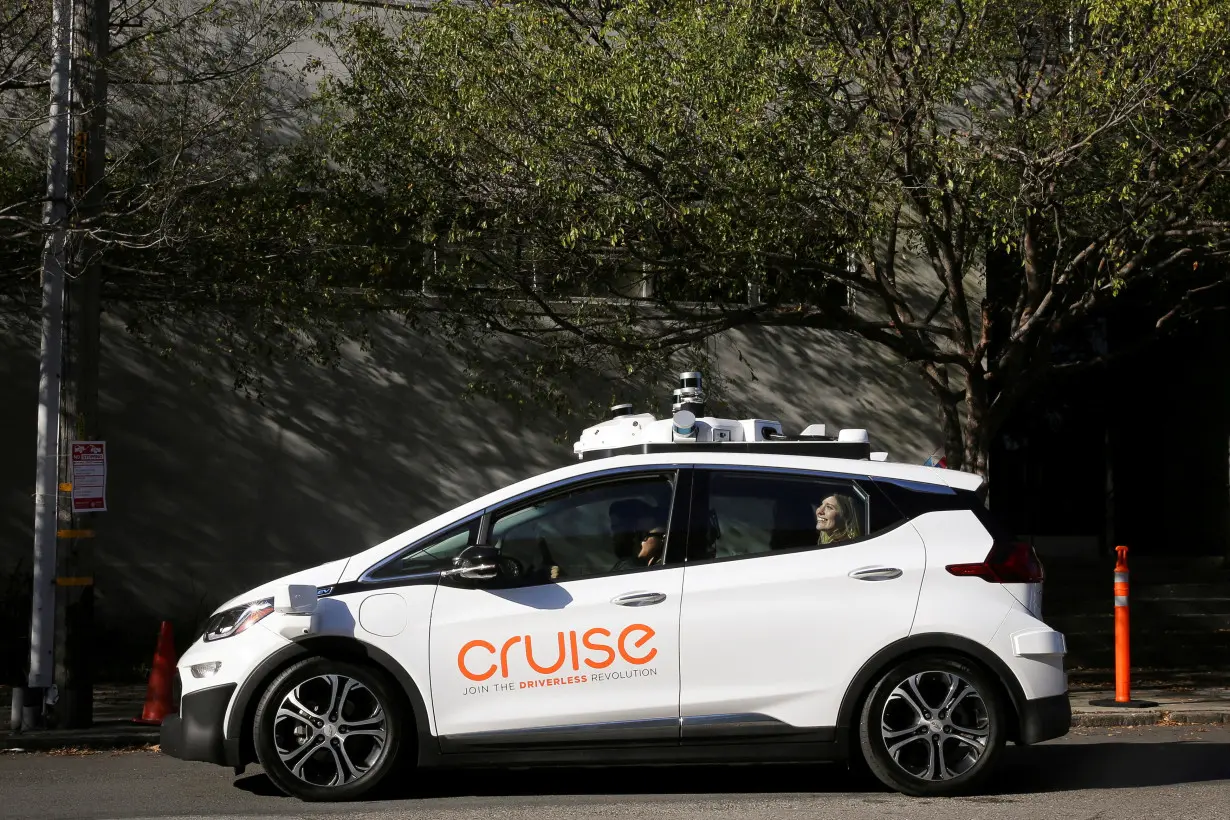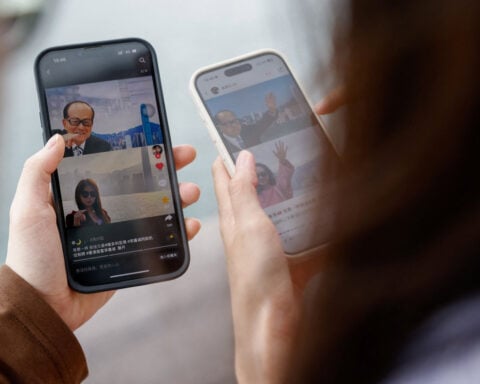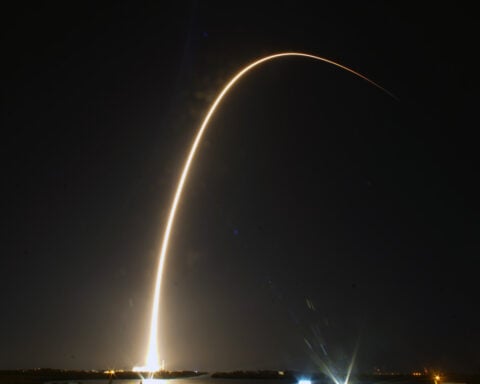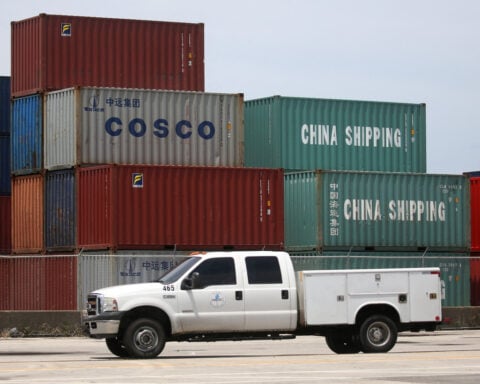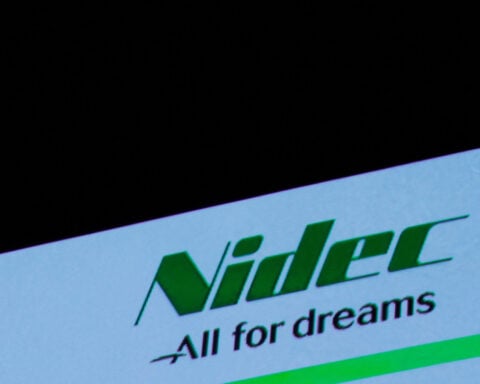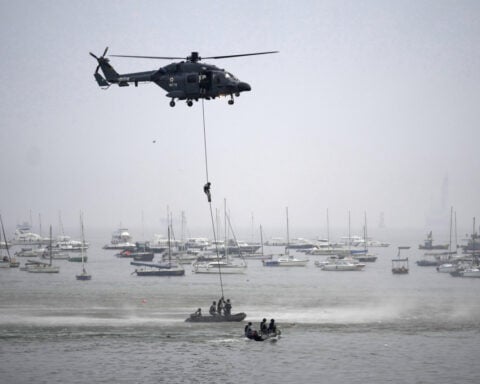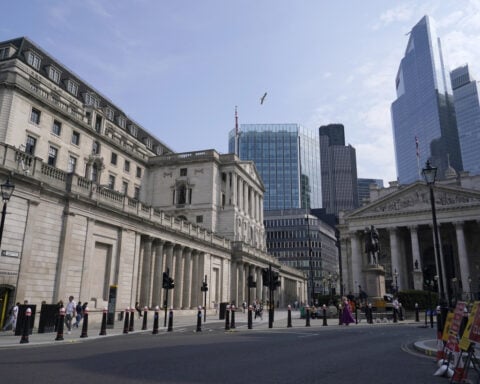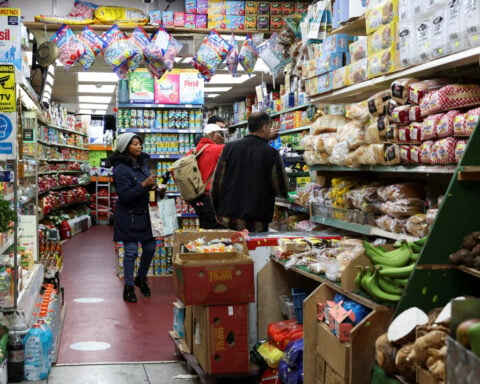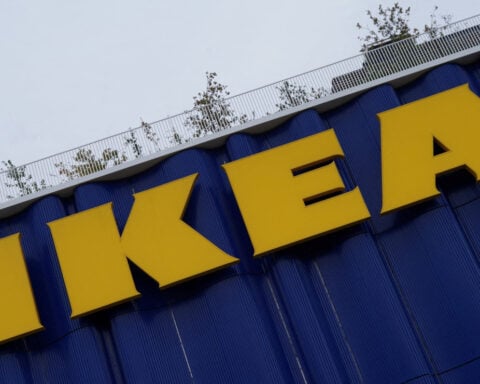By Greg Bensinger and David Shepardson
SAN FRANCISCO/WASHINGTON (Reuters) - GM's Cruise self-driving car unit on Thursday revealed U.S. Justice Department and Securities and Exchange Commission probes stemming from an October accident in which one of its robotaxis dragged a pedestrian who had been struck by another car.
Cruise reported the government investigations in a blog post in which the company also vowed to reform its culture stemming from a "failure of leadership" around the incident.
The blog post did not disclose the status of the victim who was dragged 20 feet by its vehicle, nor the scope of the Justice Department and SEC probes.
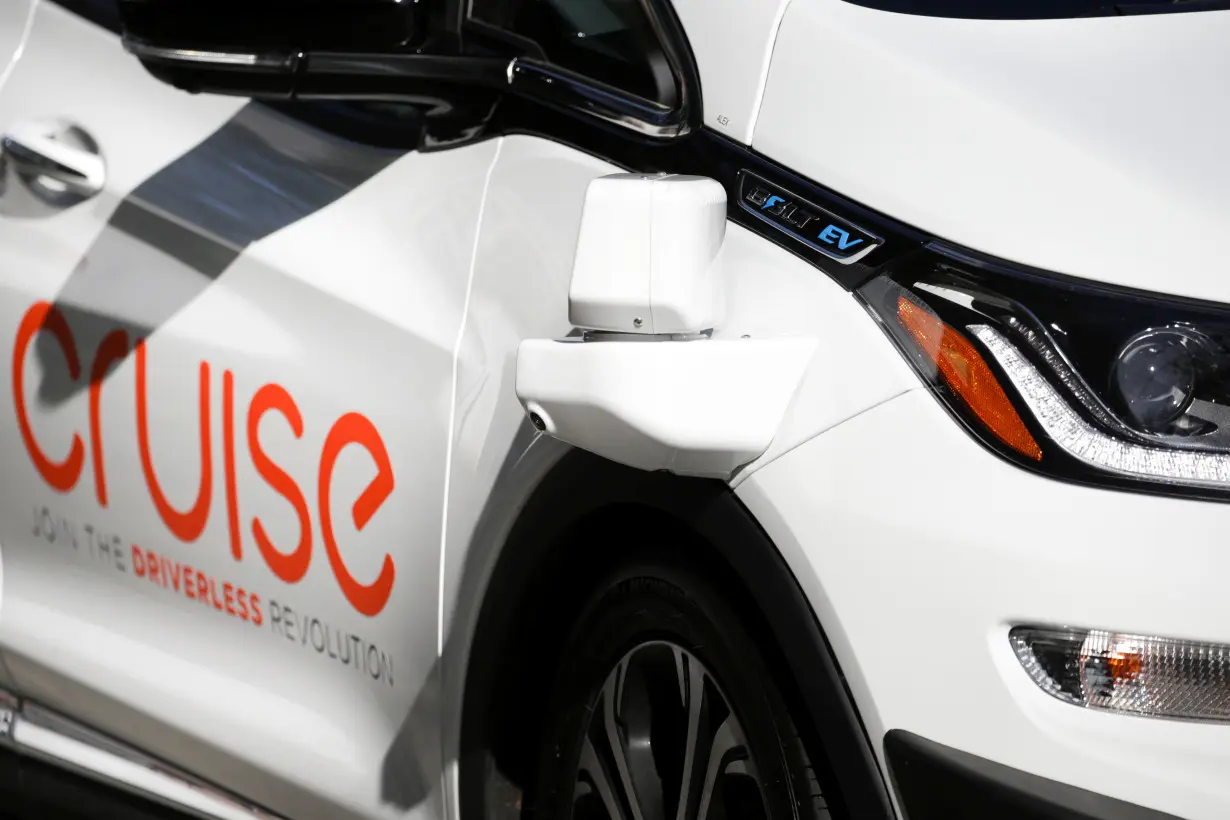
Cruise said a report it commissioned from law firm Quinn Emanuel found that the evidence did not establish Cruise leadership or employees "sought to intentionally mislead or hide from regulators the details" of the Oct. 2 incident. The safety review concerned events around the accident and did not broadly examine corporate culture or protocols.
A separate technical review by engineering firm Exponent found the Cruise vehicle suffered from mapping errors and incorrectly identified hitting the woman as a side impact collision, the blog post stated. Cruise has updated its software. The National Highway Traffic Safety Administration is also investigating the crash.
Cruise's four-page blog post cited "inadequate and uncoordinated internal processes, mistakes in judgment, an 'us versus them' mentality with government officials, and a fundamental misunderstanding of regulatory requirements and expectations." More than 100 people knew details of the incident prior to Cruise's meetings with regulators, the report found.
Since the accident, Cruise has fired nine executives, its CEO and a co-founder both resigned, and it cut a quarter of its staff. California suspended the company's permission to operate autonomous vehicles in the state.
In December, California regulators said Cruise could face $1.5 million in fines and additional sanctions for not fully disclosing details of the accident, in which a woman was initially struck by a human-driven auto before being dragged by the Cruise vehicle, prompting them to suspend the company's permit to operate in the state.
In the blog post summarizing a more than 100-page report, Cruise characterized its response to the accident as mistakes made by a relatively new company inexperienced in dealing with regulators, the media and public.
The company initially provided regulators with video of the accident but no verbal context such as mentioning that a woman was dragged 20 feet. Instead it let the video "speak for itself," according to the blog post. In three meetings, internet troubles prevented regulators from fully viewing the video and the report indicates company officials did not seek to fix the issue.
Quinn Emanuel interviewed 88 people and reviewed 200,000 documents, according to the blog post.
Cruise once operated hundreds of unmanned robotaxis in California, Texas and other locations, hoping to generate meaningful revenue while perfecting the technology for a broader rollout.
Trying to correct what it saw as inaccurate media portrayals of the October accident, Cruise omitted information and provided "incomplete facts" and video to the press and public, according to the blog post. The post did not make clear how those actions fit with the broader assertion that there was no intent to mislead.
Cruise and GM came under heavy criticism after Cruise failed to promptly disclose details of the accident to the California Department of Motor Vehicles. The DMV revoked the company’s permit to operate driverless vehicles on public roads, citing concerns about an inability “to respond in a safe and appropriate manner during incidents involving a pedestrian."
Cruise has said it plans a return to testing on public streets, but not has not revealed where or when.
GM is spending nearly $2 billion a year on Cruise and insists the business represents a "giant growth opportunity." In June, GM CEO Mary Barra reiterated a forecast that Cruise could generate $50 billion a year in annual revenue by 2030.
Executives will appear before California Public Utilities Commission on Feb. 6 to answer questions about the report and to help the agency determine an appropriate fine. Cruise had offered $75,000 as a settlement, but the commission is seeking a stiffer penalty.
NHTSA, the CPUC, the California DMV and other regulators were not immediately available for comment on the report.
While Cruise operations are grounded, vehicles from competitor Waymo, a unit of Alphabet, remain a common sight on San Francisco streets and it has plans to expand to Los Angeles and other markets.
(Reporting by Greg Bensinger and David Shepardson, editing by Ben Klayman and David Gregorio)

 India's navy launches submarine, warships to guard against China's presence in Indian Ocean
India's navy launches submarine, warships to guard against China's presence in Indian Ocean
 UK inflation unexpectedly eases in December, which could reduce pressure in bond markets
UK inflation unexpectedly eases in December, which could reduce pressure in bond markets
 Body count from South African mine siege rises to 60
Body count from South African mine siege rises to 60
 Question on ASEAN stumped Hegseth at Senate hearing. What is it and why is it important?
Question on ASEAN stumped Hegseth at Senate hearing. What is it and why is it important?
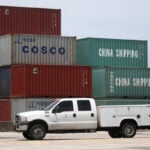 US importers rush in goods from China as Trump tariff threat looms
US importers rush in goods from China as Trump tariff threat looms
 Novak Djokovic breaks a tie with Roger Federer for the most Grand Slam matches in tennis history
Novak Djokovic breaks a tie with Roger Federer for the most Grand Slam matches in tennis history
 China's RedNote: what you need to know about the app TikTok users are flocking to
China's RedNote: what you need to know about the app TikTok users are flocking to
 British author Neil Gaiman denies ever engaging in non-consensual sex as more accusers come forward
British author Neil Gaiman denies ever engaging in non-consensual sex as more accusers come forward
